Are you tired of endless crunches and sit-ups that seem to lead you nowhere on your quest for a strong, sculpted core? It’s time to switch up your game and dive into the invigorating world of calisthenics.
If you’re a beginner eager to transform that flimsy midsection into a powerhouse of strength, you’re in for a treat.
In this guide, we’re serving up a treasure trove of core-sculpting exercises that are not only effective but also refreshingly doable for those just starting their fitness journey.
Say goodbye to boring routines and get ready to discover the true power of calisthenics in shaping your core.
Let’s embark on this journey towards a rock-solid midsection that will not only turn heads but also bolster your overall health.
Table of Contents
Understanding the World of Calisthenics
What is Calisthenics?
Calisthenics is the art of using your own body weight as resistance to build strength, flexibility, and endurance.
It’s a dynamic form of exercise that includes movements like push-ups, pull-ups, squats, and planks, performed in various combinations to create a full-body workout.
Calisthenics promotes functional strength, improves mobility, and requires minimal equipment, making it accessible for anyone looking to get fit and sculpt their physique naturally.
For a deeper understanding of calisthenics and its benefits, you can explore reputable sources like the American Council on Exercise.
Benefits of Calisthenics
Enhanced Functional Strength:
Calisthenics workouts involve compound movements that engage multiple muscle groups simultaneously.
This enhances your functional strength, making everyday activities easier and reducing the risk of injury.
Research published in the Journal of Strength and Conditioning Research has shown that calisthenics exercises, such as push-ups and squats, significantly improve muscle strength.
Improved Flexibility and Mobility:
Calisthenics routines often incorporate dynamic stretches and full range-of-motion exercises.
This promotes improved flexibility and mobility, helping you move more freely and perform exercises with proper form.
According to a study in the International Journal of Yoga Therapy, calisthenics can enhance overall flexibility.
Bodyweight Mastery:
Calisthenics allows you to master control over your own body weight.
This control not only builds an impressive physique but also boosts self-confidence.
The Journal of Human Kinetics reports that calisthenics practitioners experience increased self-esteem due to their physical accomplishments.
Cost-Effective Fitness:
Unlike gym memberships or specialized equipment, calisthenics requires minimal investment.
All you need is your body and a few basic tools, like pull-up bars or parallel bars.
This cost-effective approach to fitness makes it accessible to a wide range of individuals.
Weight Management:
Calisthenics workouts are excellent for weight management.
They can help you shed excess pounds by burning calories and building lean muscle mass.
Research in the Journal of Sports and Science indicates that regular calisthenics training can contribute to weight loss and improved body composition.
Functional Core Strength:
A strong core is vital for stability and posture.
Calisthenics exercises, such as planks and leg raises, target the core muscles, leading to improved posture and reduced back pain.
A study in the Journal of Strength and Conditioning Research links calisthenics to better core strength.
Mental Health Benefits:
Engaging in calisthenics not only benefits your body but also your mind. Exercise releases endorphins, which can help reduce stress and anxiety.
Additionally, the discipline and goal-setting involved in calisthenics can boost mental resilience and overall well-being.
Why Focus on Calisthenics for Core Strength?
Are you tired of crunching away on the floor, feeling like you’re making no progress in your quest for a strong core?
It’s time to rethink your strategy and embrace the power of calisthenics.
Calisthenics focuses on functional movements that engage your core in a way that mirrors real-life activities.
Whether it’s lifting, twisting, or balancing, calisthenics strengthens your core for practical daily use.
One of the remarkable aspects of calisthenics is that it requires no equipment. Forget about cumbersome machines and fancy gym gear.
Calisthenics relies solely on your body weight, making it accessible to everyone, anywhere. All you need is determination and a little open space.
Calisthenics also offers a wide range of exercises that keep your workouts interesting and challenging.
From planks to leg raises, there’s always a new way to target your core muscles.
This versatility not only keeps you engaged but also ensures comprehensive core engagement.
It doesn’t just work your superficial ab muscles; it targets your entire core, including deep stabilizing muscles, resulting in a well-rounded, functional core strength.
Moreover, the controlled movements in calisthenics help improve posture and alignment, reducing the risk of back pain and injury.
A strong core becomes your body’s natural armor, shielding you from common aches and discomfort.
What’s more, calisthenics allows for gradual progression.
You can start with basic exercises, and as your core strength improves, you can advance to more challenging movements.
This gradual approach reduces the risk of overexertion and injury, ensuring steady and sustainable progress.
Lastly, let’s not forget aesthetics.
A strong core isn’t just about functionality; it looks great too.
Calisthenics can help you achieve those coveted washboard abs without the need for endless crunches.
Calisthenics Core Workout
1. Flutter Kicks with a Twist
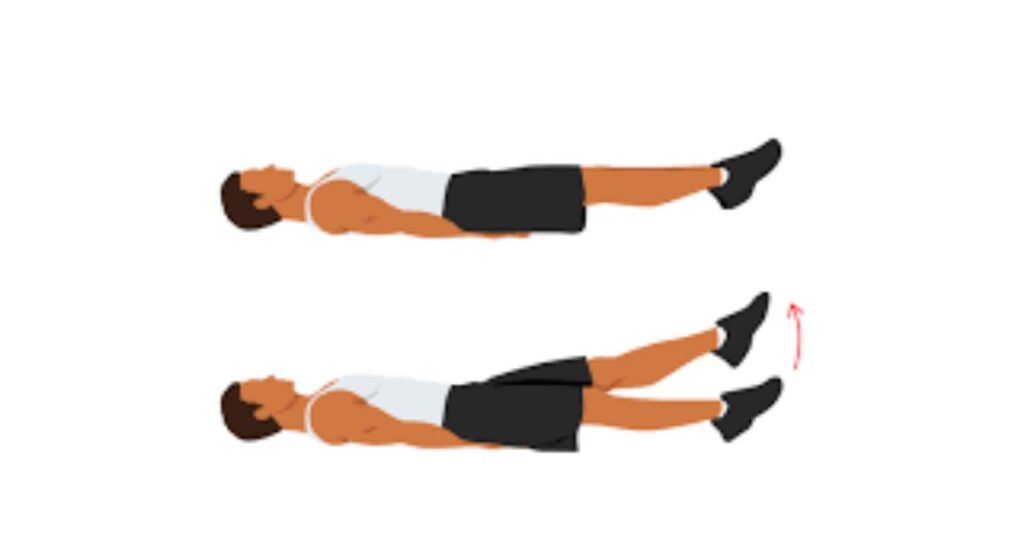
Steps:
- Lie on your back with your hands placed under your hips or beside you.
- Lift your legs off the ground, keeping them straight.
- Begin flutter kicking your legs while simultaneously twisting your torso to touch your right hand to your left foot, and vice versa.
Benefits:
- Engages your entire core, including the oblique muscles.
- Enhances core stability and control.
- Boosts coordination and agility.
2. Hollow Rock Holds
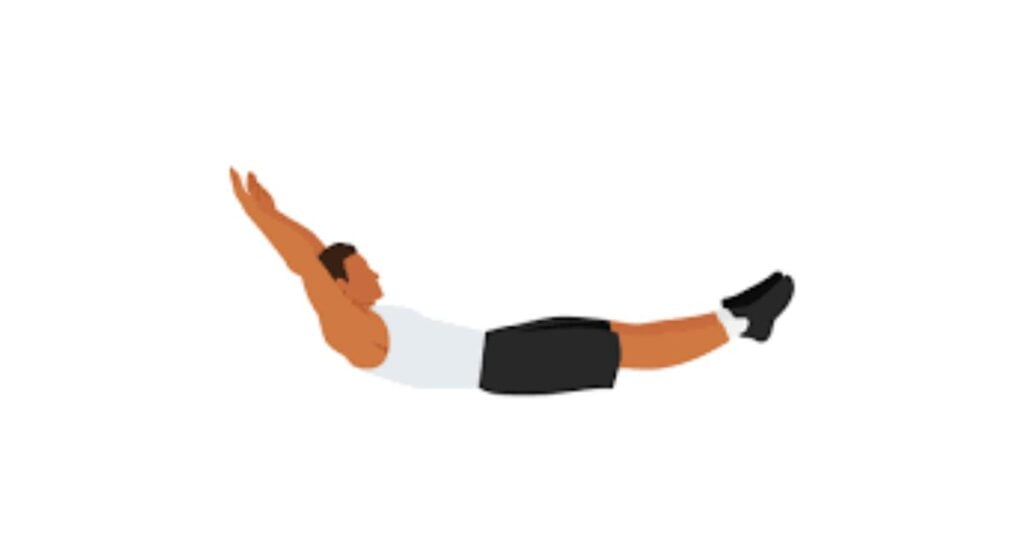
Steps:
- Lie on your back with your arms extended overhead and your legs lifted off the ground.
- Rock back and forth while maintaining the hollow position, with your lower back pressed against the floor.
Benefits:
- Challenges your core stability and endurance.
- Improves balance and body control.
- Works both upper and lower abdominal muscles.
3. Tuck Planche
Steps:
- Start in a push-up position but bring your knees to your chest and lift your feet off the ground.
- Maintain a tucked position, keeping your arms straight and your body parallel to the ground.
Benefits:
- Builds an incredible core and upper body strength.
- Enhances balance and control.
- Targets the lower back and stabilizing muscles.
4. Reverse Plank Leg Lifts
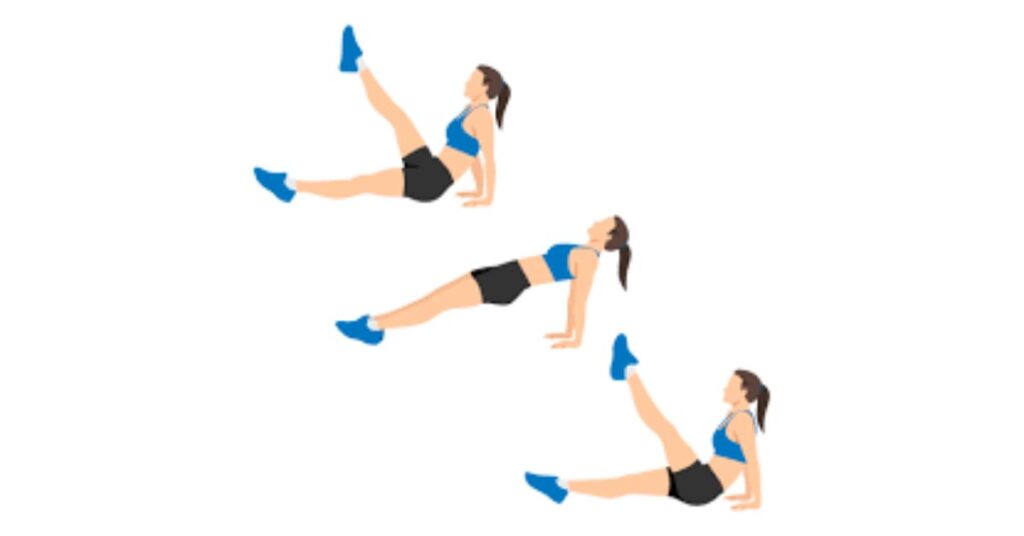
Steps:
- Sit on the floor with your legs extended and your hands placed behind you, fingers pointing toward your feet.
- Lift your hips off the ground into a reverse plank position.
- Alternate lifting each leg while keeping your core engaged.
Benefits:
- Strengthens the lower back, glutes, and core.
- Enhances flexibility in the shoulders and spine.
- Improves posture and spinal alignment.
5. L-Sit Progressions
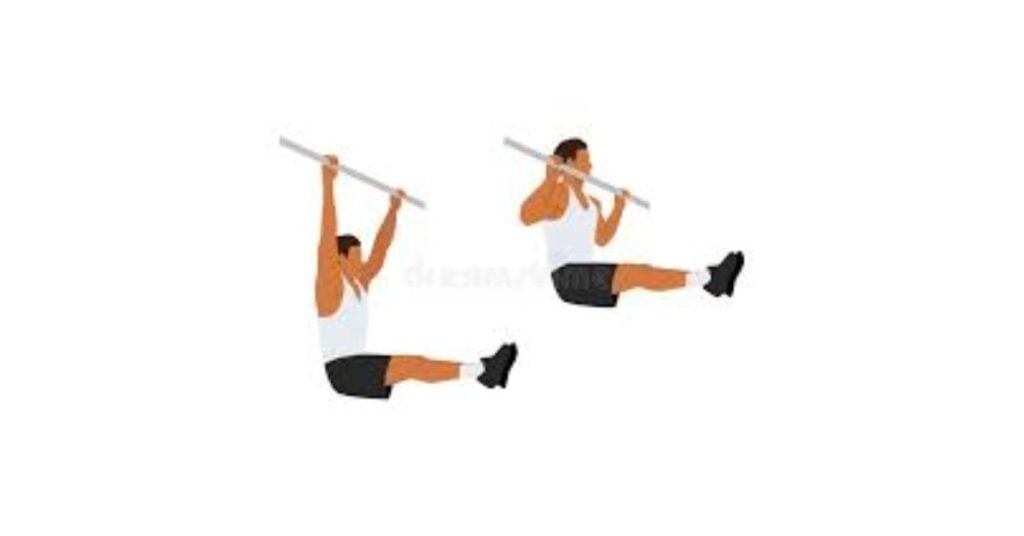
Steps:
- Sit on the floor with your legs extended and your hands beside your hips.
- Lift your legs off the ground and hold them parallel to the ground.
- As you progress, aim to keep your legs straight for a full L-sit.
Benefits:
- Develops exceptional core and hip flexor strength.
- Enhances balance and stability.
- Boosts isometric strength in the abs and lower back.
6. Windshield Wipers

Steps:
- Lie on your back with your legs extended vertically.
- Rotate your legs from side to side, mimicking the motion of windshield wipers.
Benefits:
- Challenges core stability and control.
- Improves flexibility in the lower back and hips.
- Engages oblique muscles for a well-rounded core workout.
7. Dragon Flags
Steps:
- Lie on a bench or a stable surface and grip it with your hands behind your head.
- Keep your body straight and lift it off the bench using your core muscles.
- Slowly lower your body back down.
Benefits:
- Builds immense core strength, particularly in the lower abs.
- Develops control and stability in the core.
- A challenging exercise that yields impressive results.
8. Bear Crawl
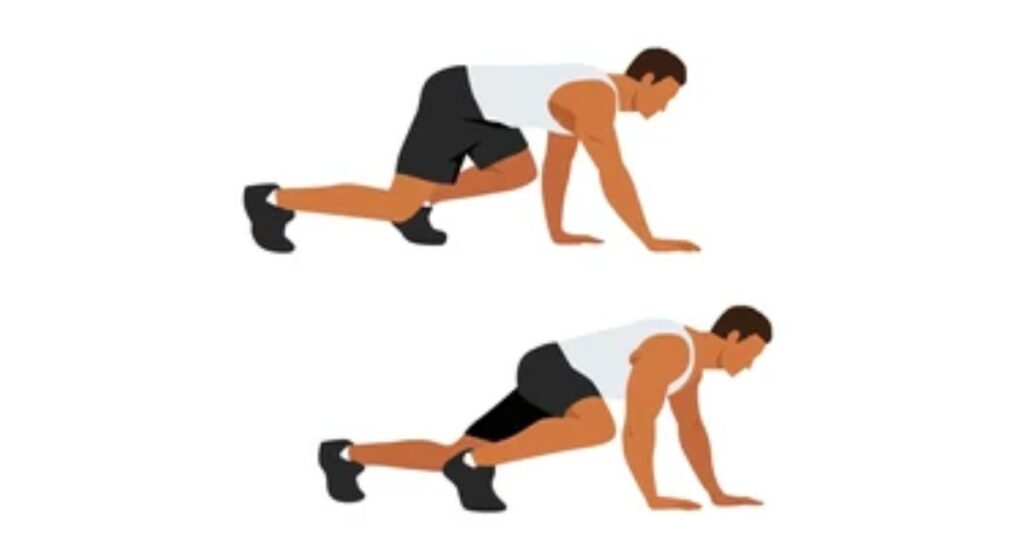
Steps:
- Start on your hands and knees, then lift your knees slightly off the ground.
- Crawl forward in a bear-like fashion, alternating the movement of your arms and legs.
Benefits:
- Engages the entire core for stability during movement.
- Enhances coordination and agility.
- Provides a full-body workout that includes the core, shoulders, and legs.
9. Kneeling Ab Wheel Rollouts
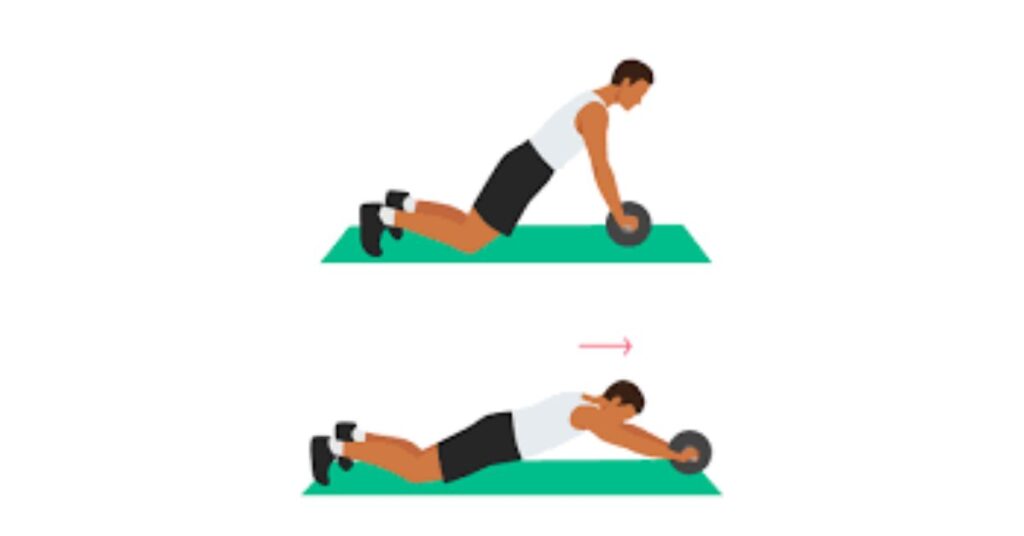
Steps:
- Kneel on the ground and hold an ab wheel or similar device with both hands.
- Roll the wheel forward while keeping your core tight and your back straight.
- Roll back to the starting position, engaging your core throughout.
Benefits:
- Targets the deep core muscles, particularly the rectus abdominis.
- Improves overall core strength and stability.
- Enhances shoulder and arm strength.
10. Body Saws
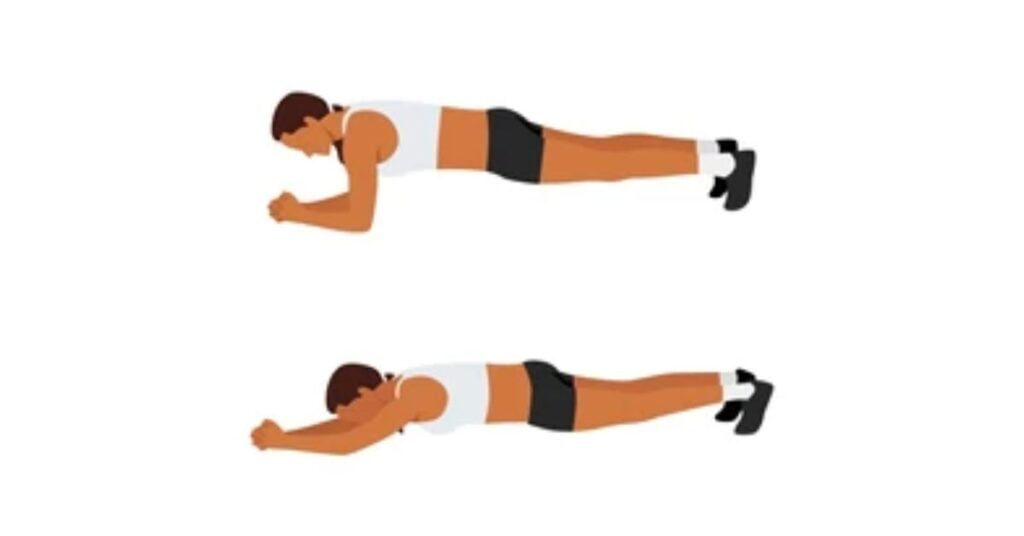
Steps:
- Begin in a forearm plank position with your feet on a towel or sliders.
- Slide your body forward and backward while maintaining the plank position.
Benefits:
- Challenges core stability and endurance.
- Engages the entire core, including the lower back and oblique muscles.
- Improves coordination and control.
Mastering Proper Form and Avoiding Common Calisthenics Workout Mistakes
So, you’ve decided to embark on a journey to strengthen your core using the power of calisthenics—a fantastic choice.
But before you start knocking out those planks and leg raises, it’s crucial to understand the importance of proper form and steer clear of common calisthenics workout mistakes. Let’s dive right in.
The Importance of Proper Form:
First things first, let’s talk about why nailing the correct form is paramount in calisthenics:
- Optimal Muscle Engagement: Proper form ensures that you’re targeting the intended muscle groups effectively. In the case of core workouts, this means engaging your abs, obliques, and lower back muscles efficiently.
- Injury Prevention: Correct form minimizes the risk of injuries. It maintains the alignment of your joints, reducing undue stress and strain on vulnerable areas like your lower back.
- Better Results: When you perform exercises with proper form, you’ll see better and faster results. You’re working your muscles effectively, which translates to improved strength and aesthetics.
Common Calisthenics Workout Mistakes to Avoid:
Now, let’s unravel the common pitfalls that many enthusiasts stumble upon during their calisthenics core workouts:
- Overarching the Back: During exercises like planks or leg raises, avoid arching your lower back excessively. This can strain the lumbar region. Instead, engage your core muscles to maintain a neutral spine.
- Rushing Through Reps: Quality over quantity is the golden rule. Rushing through repetitions may lead to sloppy form and reduced muscle engagement. Focus on controlled movements, even if it means doing fewer reps.
- Neglecting Breathing: Many people forget to breathe properly while concentrating on their movements. Remember to inhale and exhale consistently throughout each exercise to supply your muscles with oxygen and maintain stability.
- Ignoring Core Activation: Don’t let your core go on vacation during your workouts. Always engage your core muscles consciously. This ensures you’re reaping the full benefits of the exercise.
- Lack of Progression: Not progressing gradually can hinder your growth. Start with beginner-friendly exercises and gradually move to more advanced variations as your core strength improves.
- Skipping Warm-Up and Cool-Down: Neglecting warm-up and cool-down routines can lead to muscle stiffness and potential injury. Spend a few minutes warming up and cooling down to prepare and recover your muscles.
- Ego Lifting: Avoid the temptation to show off with excessive weight or reps. Ego lifting can lead to poor form and, ultimately, injury. Focus on your own progress rather than comparing yourself to others.
Conclusion
Congratulations, fitness enthusiast, for diving into the world of calisthenics core workouts.
You’ve armed yourself with knowledge about the incredible benefits, the significance of proper form, and the pitfalls to avoid.
Now, it’s time to put that wisdom into action.
Remember, building a strong core is a journey, not a destination.
It requires dedication, patience, and the willingness to learn from your body.
As you embark on this path, cherish each step, each progress, and each moment of growth.
Calisthenics empowers you to sculpt your core strength naturally, without the need for fancy equipment or costly gym memberships.
It’s a journey that offers not just physical transformation but a deeper connection with your body and a boost in confidence.
So, embrace the challenge, relish the process, and enjoy the incredible feeling of a strong, resilient core that will serve you well in all aspects of life.
Your core’s journey begins now, and it’s a journey worth taking.
Stay committed, stay motivated, and let your core shine.

